We’re very pleased to announce that we have been granted a GB patent for our novel organism Caledochytrium aldermanii.
You can find out all about it here:
https://www.ipo.gov.uk/p-ipsum/Case/PublicationNumber/GB2571506
It has been a long road but we are happy to finally have reached this point.
A full, illustrated scientific description is in the final stages of preparation for publication. An author’s copy of this will be posted on ResearchGate, as soon as possible.
Onwards and upwards!!
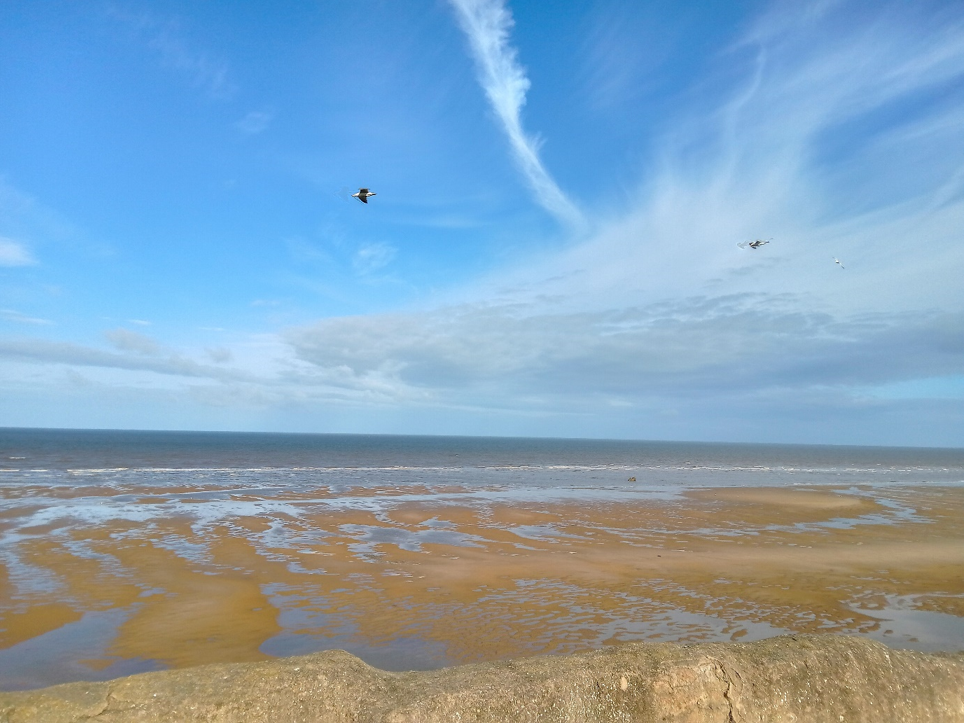
As we continue working with partners around the world to commercialise our novel isolates we welcome two colleagues to Strameno Ltd.
Strameno Ltd has appointed Professor Simon John Davies FRSB FIAS as Technical Consultant.
Simon J Davies is a long-standing colleague and friend to Strameno’s Directors and is a renowned expert in aquaculture nutrition.
He has worked internationally for a number of years and has held Chairs at Plymouth, Harper Adams, and now as adjunct Professor at University College Galway.
He is also the Editor-in-Chief of International Aquafeed trade magazine since 2009.
Simon has authored over 200 scientific papers, book chapters and commercial reports and was recently appointed a Fellow of the Royal Society of Biology and a Fellow of the Institution of Aquaculture, Singapore. He has advised many government agencies and grant awarding bodies, and acted as a consultant to numerous commercial companies in biotechnology and the feed industry.
Simon joins us specifically for his expertise on thraustochytrids and we welcome him to Strameno.

We also welcome Glynis Leadbetter as Quality and Technical Adviser. Glynis spends most of her time with us in our lab developing our routine and research culture processes and overseeing the quality control aspects of our operation.
Glynis started her career at the Edinburgh University Bacteriology Department, where she worked in research and on the development of the Virology Service. She was involved in the integration of the Edinburgh University Virology, Hepatitis and HIV Reference Laboratory and the Regional Virus Laboratories at the City Hospital to provide a service for the Lothians. She was also involved in the planning and move to the new laboratories at the new Royal Infirmary of Edinburgh in 2002. This presented all laboratory services with an opportunity to share facilities, to meet the ever-increasing requirements of automation and PCR.
Glynis has already made a major contribution to our work and we are delighted to formally welcome her to Strameno
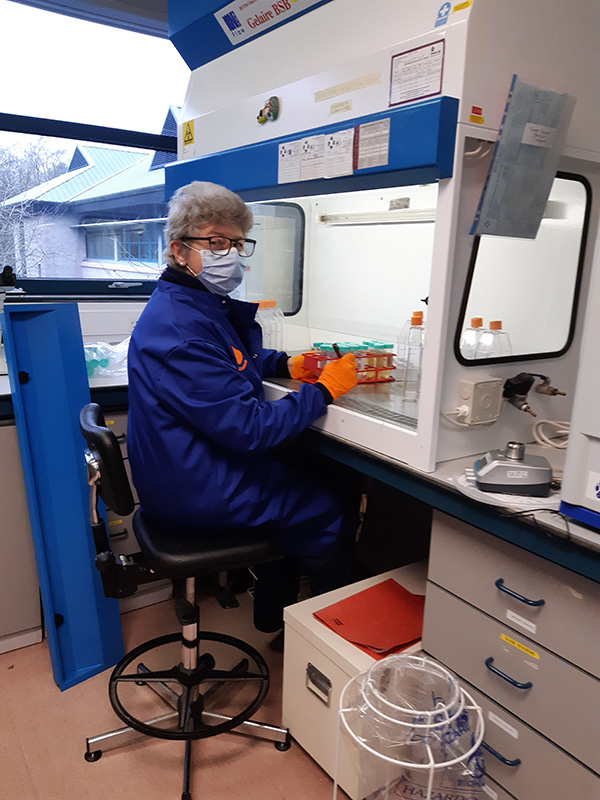
For further information please email: admin@strameno.com
We make a thing on this website celebrating old age. Well we need to since the combined age of our three directors is over 200 years. We are positively juvenile though compared with what is thought to be the age when eukaryotic life first appeared on earth. Michael Marshall reports in a recent edition of the International New Scientist (22 Feb 2020. Page 8) that rocks found in the Wutai mountains of China were laid down 2.15 to 1.95 billion years ago. Researchers have found two microfossils which appear to be eukaryotes (Dictyosphaera) and six specimens of a new genus they called Dongyesphaera. Precambrian research, doi.org/dmsf.
All this leads us to ponder the age when thraustochytrids first appeared on the planet. We found a good reference which I think gives a good estimate of the Stramenopiles diverging at about 1000Ma (a billion years ago), with a major radiation at 700Ma. (Eukaryotic Microbes. 2011. Ed. Moselio Schaechter. (eBook ISBN: 9780123838773)
What other micro-organisms were slithering around the landscape then? And are there more genera out there? That’s the beauty of Science. You’re never too old to be amazed by the discoveries unlocking the origin of our past.
I found an interesting contribution on YouTube called What did earth look like 2 billion years ago? by Dreksler Astral. You may be interested in it.
We welcomed a visitor to Strameno Ltd on Friday 13th March. An inauspicious date for some but not for us. Lawrence is a specialist for Animal Science and Aquaculture and AgriTech Economy with the Department for International Trade.
We were able to talk to Lawrence about the work we are doing at Strameno Ltd and to show him our laboratory facilities at Moredun Research Institute.
Lawrence made some helpful suggestions to as we discussed our future goal of finding other organisations to partner with as we begin to think about the process of scaling up production.
Here is Lawrence Brown talking with Jane Polglase, Director of Strameno Ltd in the lab.
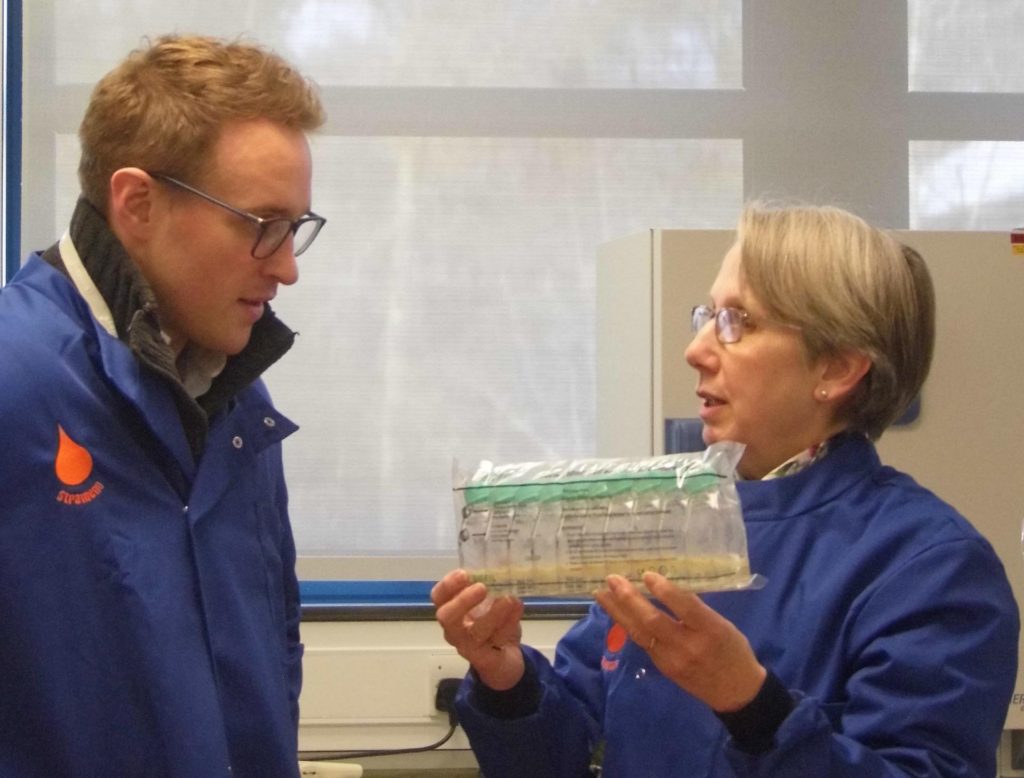
If anyone wishes to contact us please email: admin@strameno.com

Strameno Limited have recently located their laboratory and office to the Moredun Research Institute (MRI) within the Pentlands Science Park just outside Edinburgh, Scotland.
Research within the MRI’s Aquaculture Division – and planned within Moredun Scientific – complements Strameno’s work on potential feed additives for fish, other animals and people derived from the thraustochytrids. These are protists but are most commonly known as oil-producing micro-algae.
‘Our new facilities will enable us to continue the development of our high yielding protist strains and to expand into different types of related investigations, as well as retaining our strong collaboration with other institutions around the world ’ says Jane Polglase Scientific Director at Strameno Limited.
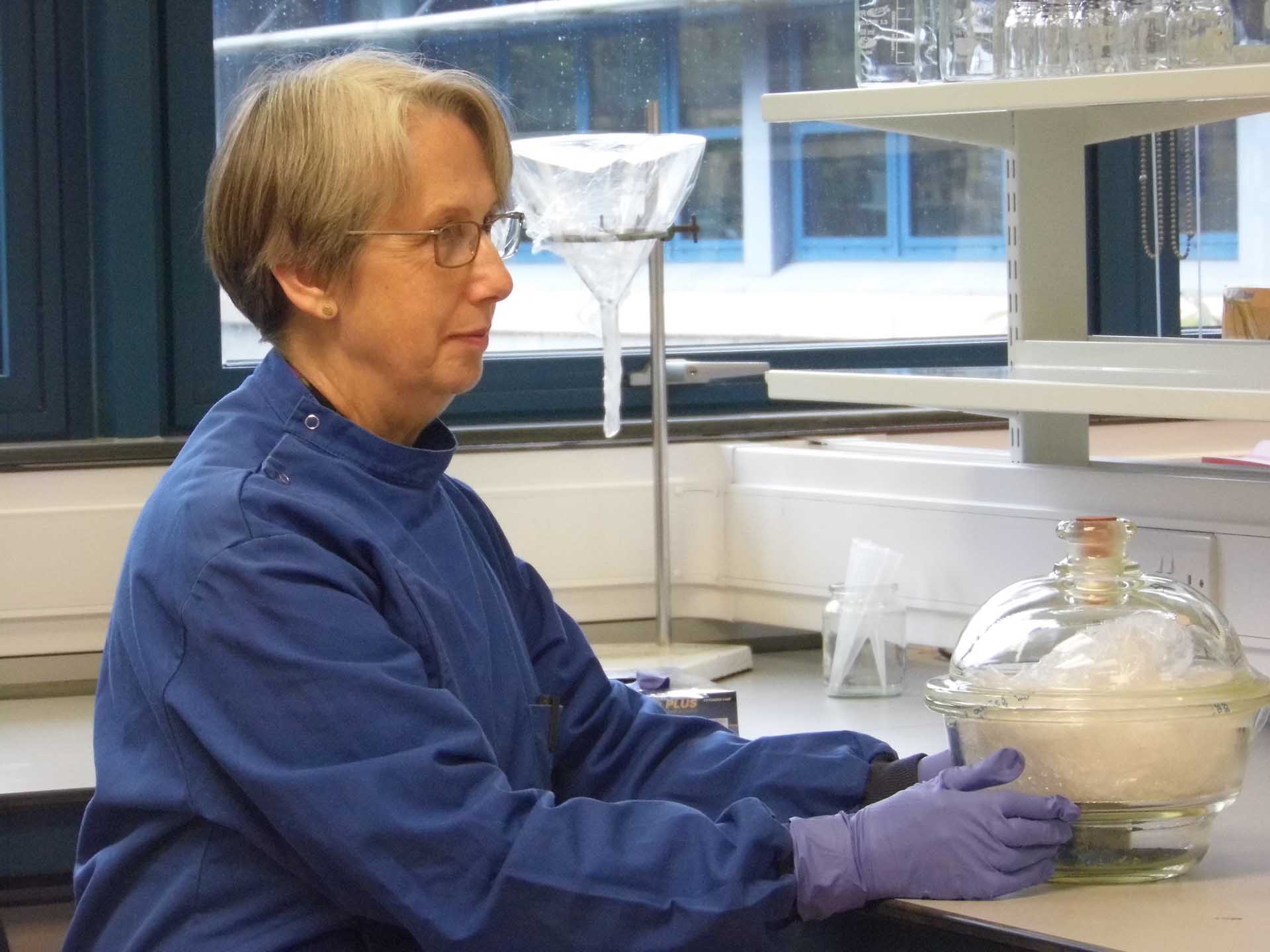
Information
Strameno Ltd was formed in 2018 to commercialise marine protists (patents applied for) in their collection.
Contact admin@strameno.com
Moredun Research Institute
Moredun Research Institute conducts internationally recognised research on the infectious diseases of livestock, caused by important viruses, bacteria and parasites. It employs 170 scientists, vets and support staff who continue to help find solutions for major challenges to modern farming such as: the consequences of a changing climate, ensuring safe and sustainable food and water supplies, conserving biodiversity, and finding solutions to infectious disease. Today, many of the veterinary medicines and vaccines that are routinely used on farm have either been researched, developed or tested at Moredun. More information about the work of Moredun Research Institute can be found at www.moredun.ac.uk
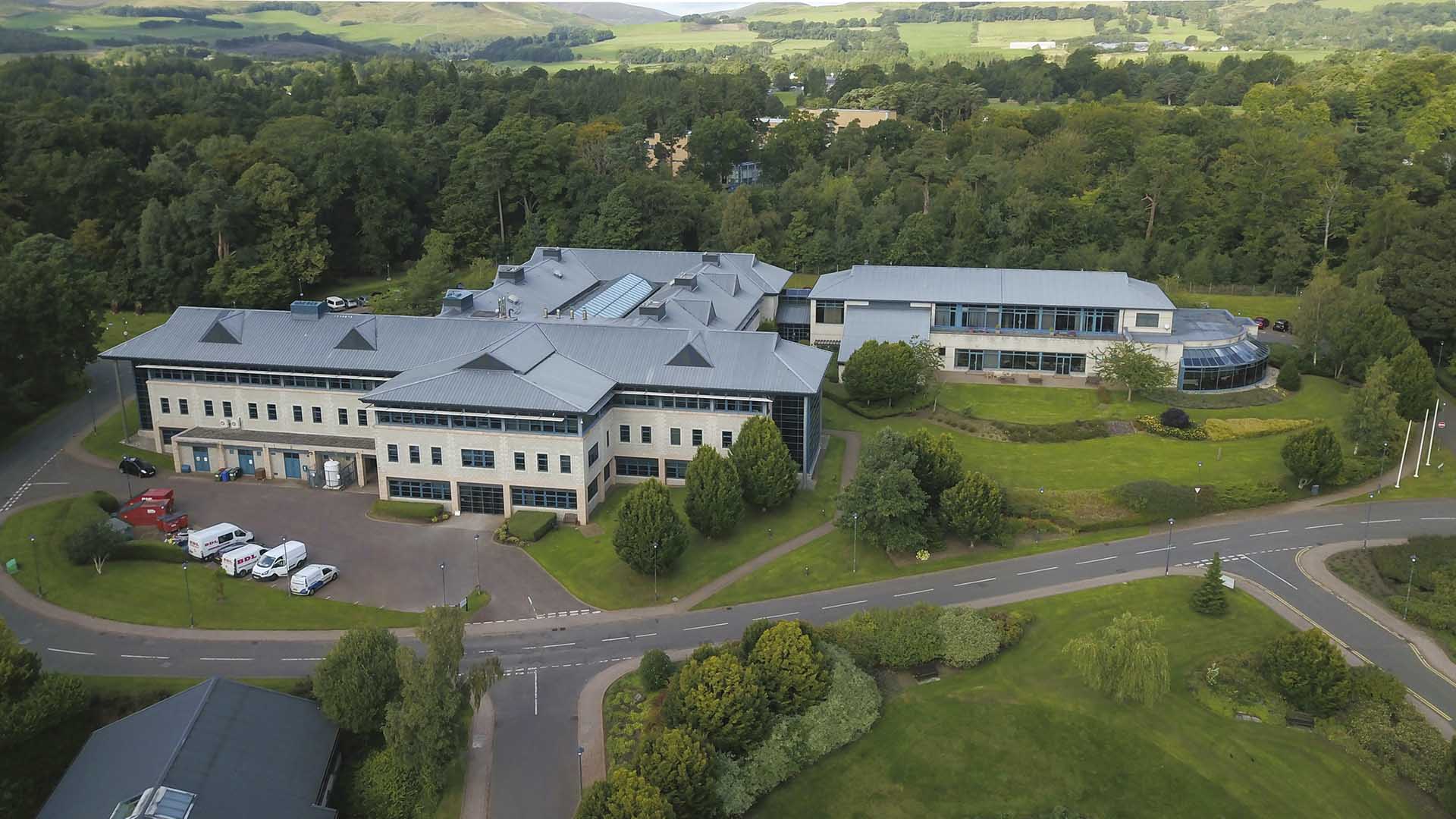
Pentlands Science Park:
Pentlands Science Park is the much-admired home of the Moredun Group. Set in beautifully landscaped surroundings, PSP also provides an excellent supported environment for over 20 commercial tenants involved in R&D in life sciences and their activities. At the leading edge of the flourishing life sciences community, PSP is a proud partner of the Midlothian Science Zone.
Other parts of the Midlothian Science Zone, include the Easter Bush Campus of the University of Edinburgh, the Biocampus (Scotland’s first dedicated national bio-manufacturing campus) and the Edinburgh Technopole. The Easter Bush Research Consortium (EBRC), includes MRI, the Roslin Institute and Scotland’s Rural University College.